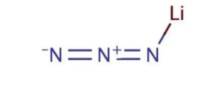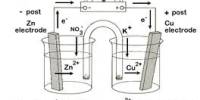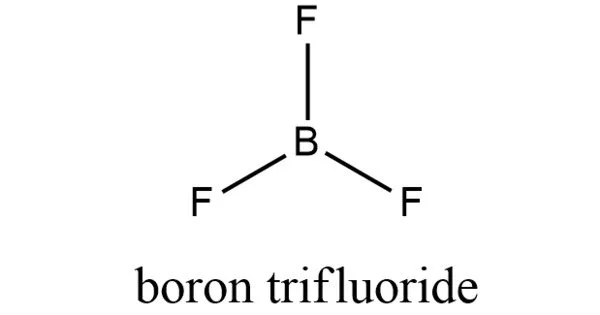Cerium phosphide is an inorganic compound with the chemical formula CeP. It is an inorganic compound composed of the rare earth metal cerium (Ce) and phosphorus (P). It is one of the phosphides of cerium. It belongs to the family of rare earth monopnictides and has been studied for its interesting electronic, magnetic, and thermoelectric properties.
It can be obtained by reacting cerium dioxide and phosphine at 1300 °C in the presence of hydrogen, or by reacting sodium phosphide and cerium chloride at 700~800 °C. It will be oxidized to monoclinic CePO4 in air above 900 °C. It reacts with iodine in a quartz ampoule to obtain CeSiP3.
Properties
- Chemical formula: CeP
- Molar mass: 171.090 g·mol−1
- Appearance: grey crystals
- Crystal Structure: Cubic (NaCl-type structure)
- Lattice Constant: ~5.84 Å
- Melting Point: ~2400 °C
- Electrical Conductivity: Metallic behaviour
Electronic and Magnetic Behavior
Metallic Conductor: Like many rare earth monopnictides, CeP exhibits metallic conductivity due to overlap between cerium 5d and phosphorus 3p states.
Magnetism:
- Exhibits magnetic ordering at low temperatures (typically below ~10 K).
- Can show antiferromagnetic or ferromagnetic ordering, depending on sample quality and stoichiometry.
- Magnetic behavior is influenced by cerium’s 4f electron, which is partially localized.
Occurrences and Synthesis
Natural Occurrence:
- Does not occur naturally in elemental or compound form.
- Cerium and phosphorus are both found in the Earth’s crust but not as CeP.
- CeP is a synthetic compound, typically produced in laboratories.
Synthesis Methods:
Direct combination of cerium metal and red phosphorus at high temperature in an inert atmosphere (e.g., argon):
Ce (s) + P (s) → CeP (s)
Ce (s) + P (s) → CeP (s)
- Solid-state reactions in vacuum-sealed quartz tubes.
- Arc melting methods can be used for crystal growth and preparation of dense polycrystalline samples.
Applications
- Spintronics: Due to interesting magnetic and electronic properties.
- Thermoelectric materials: High-temperature stability and metallic conductivity make it a candidate for thermoelectric devices.
- Fundamental research: Used in studying the behavior of f-electrons in solid-state physics.
















